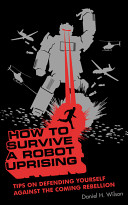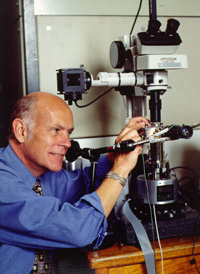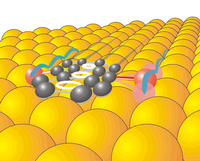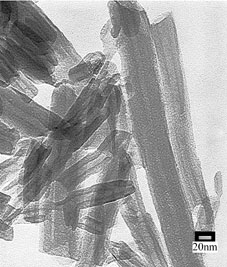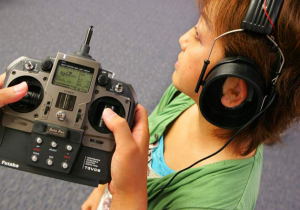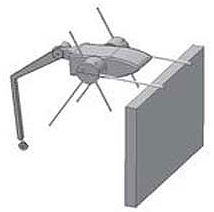
source: Discovery.com
Engadget is reporting today on an article at Discovery.com about a new concept robot that will use an innovative means of locomotion: rimless wheels instead of traditional wheels or legs. The robot, dubbed IMPASS (Intelligent Mobility Platform with Active Spoke System), will have four rimless wheels. Three spokes that pass through each axle will lengthen or shorten independently during movement based on the type of ground the robot covering. This combination of wheel and leg is being called a “wheg” and could revolutionize the way robots are able to adapt to and traverse different types of terrain.


